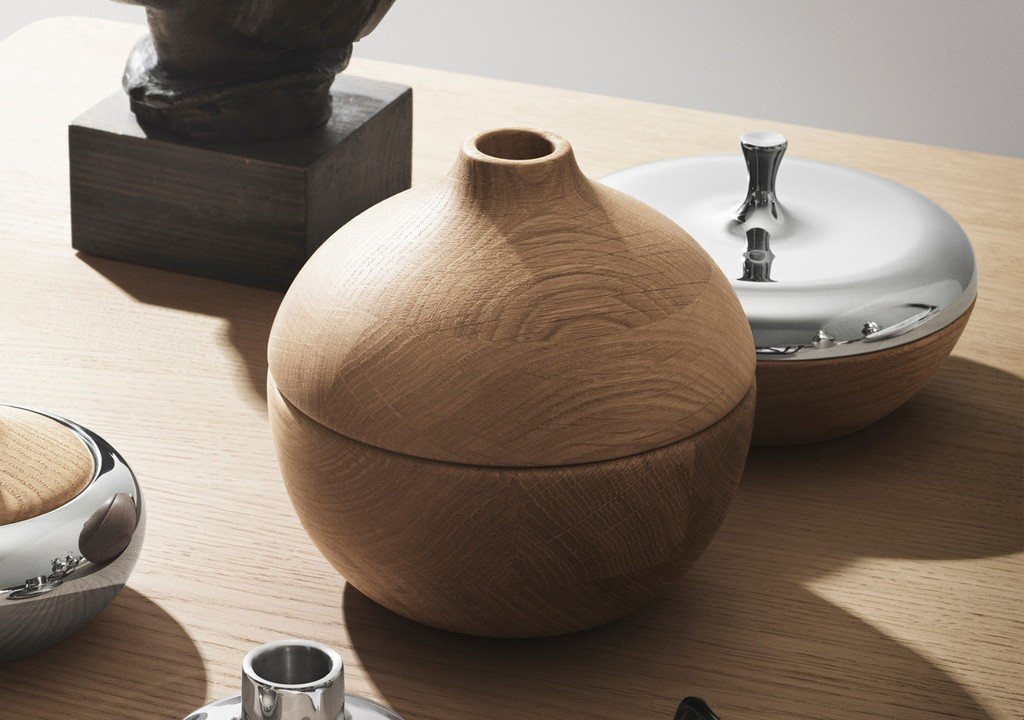Introduction: When the first tree fell, civilization began to grow
400,000 years ago, when primitive people chopped down the first tree with a stone axe, they probably didn’t expect that this rough tree trunk would evolve into the carved screen of the Forbidden City, the minimalist coffee table of Nordic Europe, or the office chair you are leaning on at this moment.
Furniture is one of the earliest technological inventions of mankind and an art of life that never fades. It carries the weight of civilization and blends lightly into our daily breathing. Today, let us open the wooden door of history and explore the stories behind furniture.

- The code of civilization in wood
Prehistoric “black technology”: the prototype of mortise and tenon joints in the Neolithic Age
At the Hemudu site in Zhejiang, archaeologists discovered the remains of wooden buildings 7,000 years ago – mortise and tenon joints with an error of no more than 1 mm. The ancestors without metal tools used polished stone tools to complete the earliest precision woodworking of mankind.
“Eternal Furniture” in Ancient Egypt
The gilded wooden chair in Tutankhamun’s tomb has scarabs carved on the armrests, symbolizing immortality. The ancient Egyptians believed that the funeral furniture must be strong enough to support the pharaoh to enjoy a feast in the underworld. 3,400 years later, this chair can still bear the weight of an adult.
Ming-style furniture: Eastern philosophy in wood
Ming Dynasty literati injected “Taoism follows nature” into furniture design: the natural texture of Hainan Huanghuali symbolizes the artistic conception of mountains and rivers, and the “round sky and square earth” of the round chair coincides with the cosmic view. These works, called “the most elegant chairs in the world” by Wang Shixiang, still cause amazement at the Metropolitan Museum of Art in New York.
- The “Wood Whisperer” of Modern Design
Democratic Design Revolution in Northern Europe
In the 1950s, Kamprad, the founder of IKEA, overturned tradition with “flat packaging”: he simplified the complex Victorian carvings into straight lines and curved surfaces that anyone could assemble. From then on, design was no longer a privilege of the nobility, but a life choice for the masses.
Japanese “Wood Breathing” Aesthetics
Architect Kengo Kuma wrote in “Negative Architecture”: “Wood can breathe, so architecture should also learn to be humble.” The bamboo and wood grilles of the Nezu Museum in Tokyo change with light and seasons, making furniture a translator of natural rhythms.
Breakthrough Experiments of Chinese Emerging Designers
Post-90s designer Zhou Chenchen used 3D printing technology to reconstruct Ming-style furniture, allowing the mortise and tenon structure to float in transparent resin. The dialogue between tradition and the future quietly unfolds in the interweaving of wood grain and code.

- Sustainable future: Green revolution of furniture
The rise of “negative carbon” materials
The bio-based composite material developed by German startup Made of Air is made of forestry waste and algae, which can absorb 2 tons of carbon dioxide per ton. These “breathing chairs” sparked heated discussions at Milan Design Week.
Innovative practice of circular economy
The Dutch brand Circuition launched a furniture rental service: when you move, the bookcase can be disassembled into a dining table for the new owner. Like Lego blocks, furniture can be infinitely reorganized in different life cycles.
Technology empowers traditional crafts
In Xianyou, Fujian, AI algorithms are learning the carving techniques of old craftsmen. The laser engraving machine can reproduce the openwork patterns that originally took 30 days in 1 hour, while the old masters turned to focus on designing more soulful patterns.
- Choosing furniture is choosing life
Leave space blank: Japanese storage queen Marie Kondo suggested: “Only keep the furniture that makes you move.”
Touch the texture of time: A wormhole on a century-old oak table may be more moving than a smooth veneer.
Environmental protection tips: Look for FSC-certified wood and support sustainable forestry; renovating old furniture reduces carbon footprint by 85% compared to buying new ones.
Conclusion: Furniture is an island for life
From the huts in Hemudu to the loft apartments in New York, furniture has always been the closest companion of human beings. It records the scratches of babies’ first crawling, supports the tired elbows of late-night overtime work, and will become a time capsule for future generations to caress the past in the afternoon.
Next time you sit on a wooden chair, you might as well listen to those subtle sounds – they are the whispers of annual rings and time, and the duet of civilization and life.


